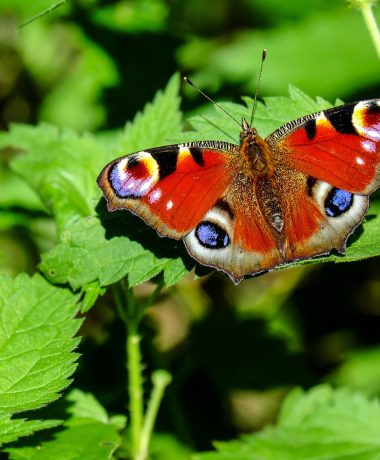(Alleen in het Engels)
In winter, under our feet, very discreetly, the field cricket, in its burrow, gets ready to go out in spring to bring joy to our Champagne evenings.
The cricket is a totem animal in scouting, and symbolizes charm and happiness: to have some crickets around your house is a guarantee of abundance and happiness.
Men have learned that wasteland is not just wood and grass mixed together, but a wild and intense fauna and flora living space, a life that we rediscover today, as I could notice in many places in Aube while listening to the crickets even where I was not expecting them.
Therefore, beside the disappearance of three quarters of the insect species (with six legs), the robust cricket is still quite present in Aube and… it keeps resisting!
The ideal home for the cricket is any land that is not chemically treated, undisturbed, non-floodable and full of grass.
The least you can do when inviting yourself into nature is to know the name of your hosts. Indifference would be an insult. Sylvain Tesson
The two millimeters cricket emerges from an egg by breaking it, before building a burrow to isolate itself, following its genetic schedule. Then, he overwinters at a shallow depth, and finishes its long metamorphosis in apotheosis in spring.
This way, isolated and not needing much to survive, it peacefully grows until reaching a size of 2.5 cm and becoming a beautiful dark-brown insect, with marble indentations, with which only the male « stridulates » next to its burrow in May, in the sun.
This way, it communicates with the other male and female crickets and feels attraction for females and repulsion for other males.
The little invisible recycler
It is omnivorous and feeds on small insects corpses for proteins and healthy grass to quench its thirst. It is a link in the little invisible nature recyclers’s chain, who clean and transform matter into earth.
This is why it is such a remarkable being beside how small it is! He perceives sounds with its gills located on its front legs. Its thin antennae are its sense of smell, which it cleans often and coats with its antiseptic saliva.

The cricket lives for a year in a remarkably organized burrow. The female cricket lay its oviscapte (a hollow organ) in the ground in June. The eggs hatch 20 days later. The predator of the juveniles is the ant.
The cricket jumps and trots but does not fly, it moults twelve times, it stridulates (sings) by rubbing its two hard wings called elytra.
To respect the jumping cricket is to be a good citizen for our ecosystem, our biodiversity and to act for the well being of our planet.
To finish, here is a little advice: after reading this article, go and listen the cricket’s singing on the internet!
With the authorization of « l’Est Eclair / Libération Champagne »


